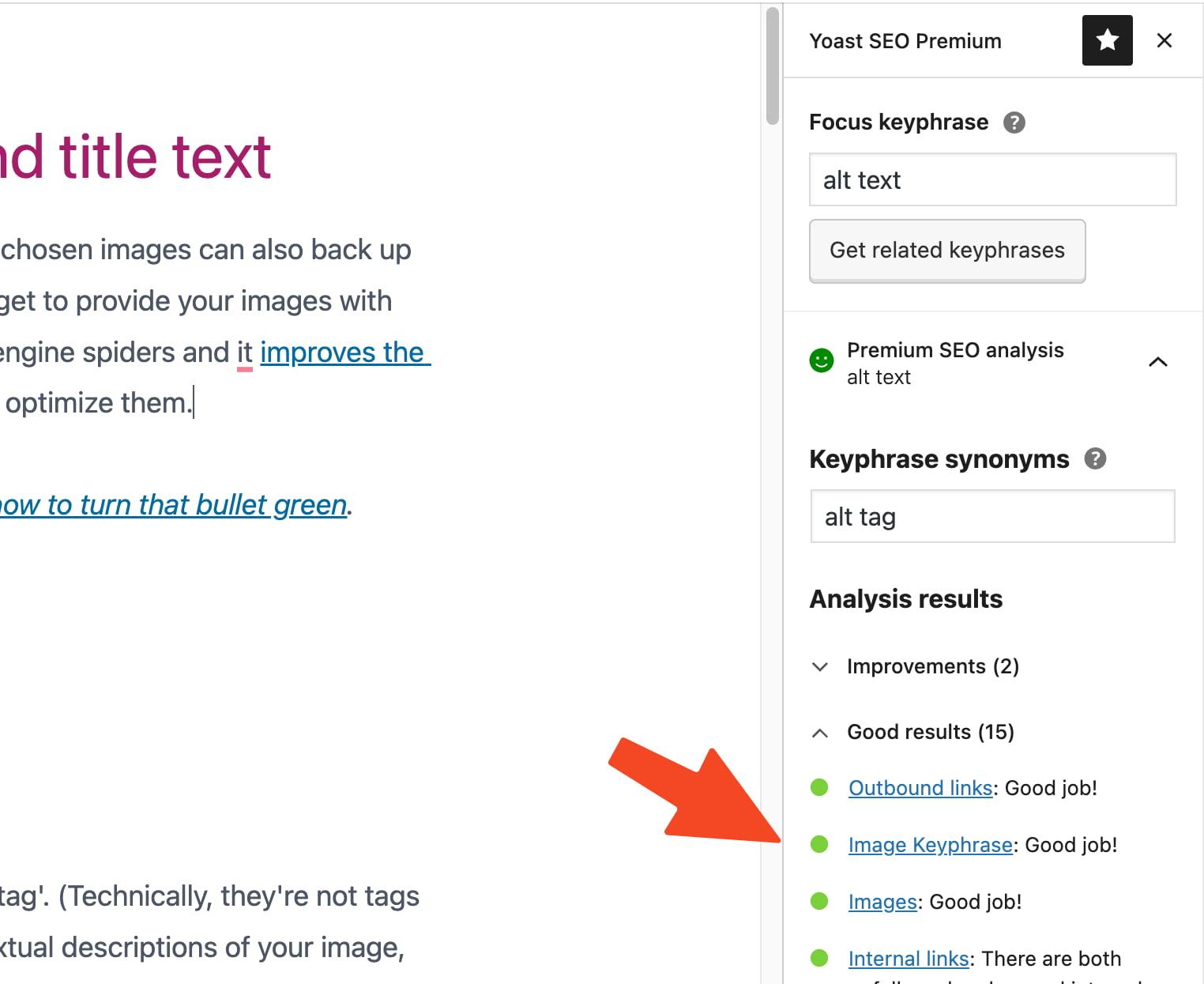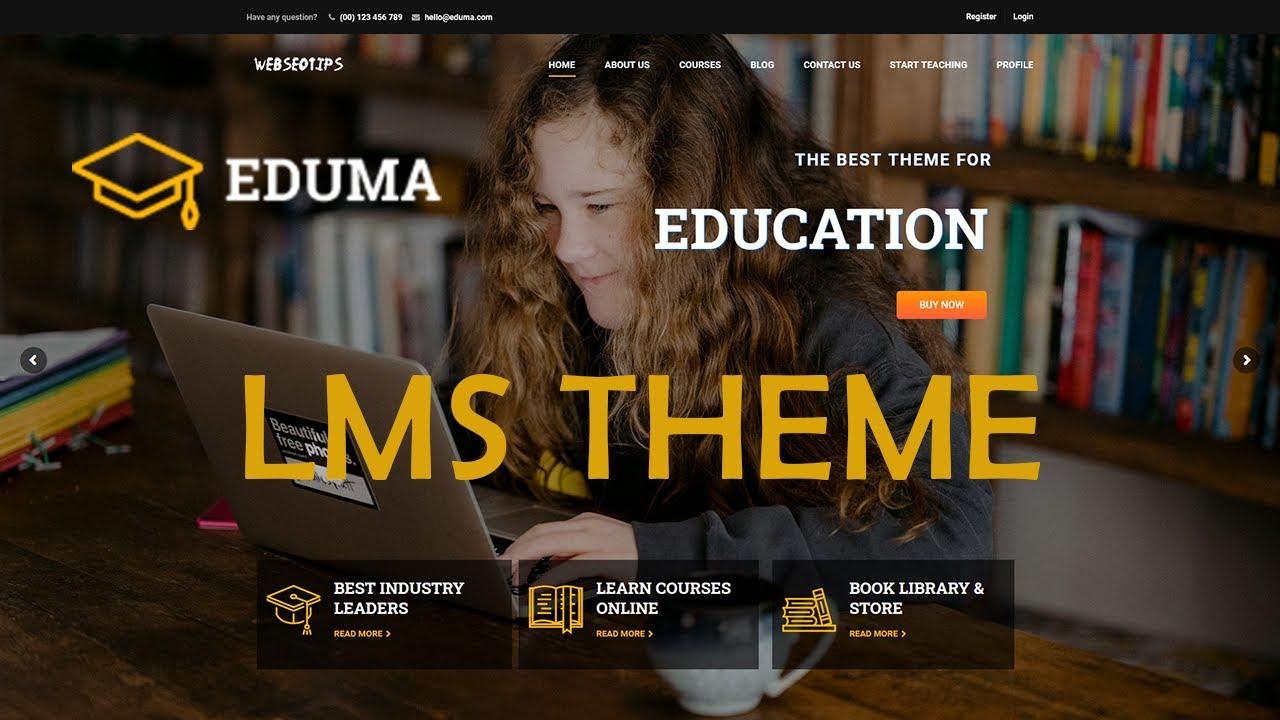Image alt text is your secret weapon for accessibility and SEO! It describes your images for those who can’t see them, helping search engines understand your content. Adding it in WordPress is a breeze—just click on your image and fill in the alt text box. Enhance your site today!
What Is Image Alt Text and How to Add It to Images in WordPress
Sure! Here’s a conversational and persuasive introduction for your article on image alt text in WordPress:
Have you ever wondered what makes a website truly accessible and user-friendly? If you’re nodding your head, you’re on the right track! One often-overlooked element is image alt text. But what exactly is it, and why should you care? Well, let me tell you: adding alt text to your images is not just a technical necessity—it’s a game changer for your site’s SEO, user experience, and accessibility.
In the world of WordPress, incorporating alt text into your images is a simple yet powerful step that can elevate your content and reach a wider audience. Whether you’re a blogger, a business owner, or a creative looking to showcase your work, understanding and utilizing alt text is essential. In this article, we’ll break down what image alt text is, why it matters, and step-by-step instructions on how to seamlessly add it to your images in WordPress. So, let’s dive in and unlock the full potential of your visuals!
—
Feel free to adjust any part to better fit your style or specific content!
Understanding the Importance of Image Alt Text for SEO and Accessibility
Image alt text serves a dual purpose that goes beyond merely describing an image. It plays a vital role in the realm of search engine optimization (SEO) and accessibility. By including descriptive alt text, you enhance the likelihood of search engines understanding your content, which can ultimately improve your site’s visibility in search results. More importantly, alt text is crucial for users with visual impairments who rely on screen readers to navigate the web.
When crafting alt text, consider the following best practices:
- Be Descriptive: Use clear and concise language to describe the image. Aim for a short phrase or sentence that conveys the essential details.
- Include Keywords Wisely: Incorporate relevant keywords naturally, but avoid keyword stuffing. The primary goal is to inform, not to manipulate search rankings.
- Avoid Redundancy: There’s no need to start with “Image of” or “Picture of.” Focus directly on what the image portrays.
To illustrate how effective alt text can enhance SEO, consider a simple table that showcases the impact of well-optimized alt text:
| Alt Text Example | SEO Impact |
|---|---|
| Delicious homemade chocolate chip cookies on a cooling rack | Improves visibility for baking-related searches |
| A woman hiking in a mountain landscape during sunset | Promotes content related to travel and outdoor activities |
Additionally, alt text improves user experience. If an image fails to load, the alt text will be displayed instead, allowing users to understand the context of the content. For those utilizing screen readers, the alt text is read aloud, providing essential information about the image. This makes your website more inclusive and accessible, opening your content to a broader audience.
Incorporating alt text into your WordPress images is straightforward. When uploading an image, you’ll find a field labeled “Alt Text” on the right-hand side. Make it a habit to fill out this field with relevant descriptions whenever you add new images to your posts or pages. This small step can significantly enhance your site’s performance in search engines and improve accessibility for all users.

Decoding Image Alt Text: What You Need to Know
When it comes to optimizing your website for accessibility and SEO, image alt text plays a crucial role. Alt text, or alternative text, is a brief description of an image that helps users who rely on screen readers understand the content of the visual element. It’s also utilized by search engines to better index images, which can boost your site’s visibility in search results.
Here’s why implementing alt text is essential:
- Enhanced Accessibility: Alt text enables visually impaired users to comprehend your content through screen readers, making your site more inclusive.
- Improved SEO: Search engines can’t interpret images as humans do. By providing descriptive alt text, you give search engines context about your images, which can improve your rankings.
- Image Context: When images fail to load, alt text appears in their place, providing users with an understanding of what the image was intended to convey.
When composing alt text, keep it simple yet descriptive. Aim for clarity and conciseness to effectively convey the image’s purpose. Here are a few tips to guide you:
- Use specific descriptions, such as “a golden retriever playing fetch in a park” instead of “dog.”
- Avoid phrases like “image of” or “picture of,” since screen readers announce that it’s an image.
- Include relevant keywords naturally without keyword stuffing, as this can improve your SEO efforts.
If you’re using WordPress, adding alt text to your images is straightforward. When you upload an image to the media library, you will see an option to fill in the alt text field. Here’s a quick rundown of the steps:
- Go to your WordPress dashboard and click on Media.
- Select the image you want to edit.
- In the attachment details, find the Alt Text field.
- Input your descriptive text and click Update.
For a quick reference, here’s a simple table summarizing some effective alt text examples:
| Image Description | Example of Alt Text |
|---|---|
| Person cooking | “A woman smiling while cooking pasta in a modern kitchen.” |
| Mountain landscape | “Snow-capped mountains under a clear blue sky.” |
| Office space | “A bright, open office with plants and large windows.” |
Remember, taking the time to craft meaningful alt text is not just a best practice; it’s a way to enhance user experience and maximize your online presence. Make it a habit to add alt text as part of your content creation process, and watch as both your audience and search engines appreciate the effort!

Crafting Effective Alt Text: Tips for Better Descriptions
When it comes to crafting effective alt text, the goal is to create descriptions that are both informative and concise. Remember, alt text serves a dual purpose: it provides context to search engines and enhances accessibility for users who rely on screen readers. Here are some essential tips to help you write better alt text:
- Be Descriptive: Describe the content of the image as clearly as possible. Instead of saying “a dog,” specify “a golden retriever playing fetch in the park.”
- Keep It Concise: Aim for brevity. A good practice is to limit alt text to around 125 characters. This ensures it’s easily digestible while providing enough detail.
- Avoid Redundancy: Don’t start your alt text with “Image of” or “Picture of.” If the image is already in a visual context, this information is unnecessary.
- Use Keywords Wisely: Incorporate relevant keywords naturally, but avoid keyword stuffing. This helps with SEO while ensuring the description remains user-friendly.
Consider the context in which the image appears. Sometimes, the surrounding text can provide valuable clues about how to frame your alt text. For instance, if the image accompanies an article about pet care, mentioning specific actions or emotions connected to the pet can add depth to your description.
Here’s a simple table to illustrate how different alt text can change the impact of an image:
| Image Context | Alt Text Example |
|---|---|
| Dog at the beach | A playful golden retriever splashing in the ocean waves. |
| Dog with owner | A young child throwing a frisbee to a happy Labrador in a sunny backyard. |
| Dog sleeping | A sleepy puppy curled up on a soft blanket, dreaming peacefully. |
Lastly, always remember to proofread your alt text. Spelling and grammatical errors can detract from the professionalism of your content. By following these tips, you can ensure that your alt text enhances the user experience and contributes positively to your website’s SEO strategy.
How to Add Alt Text to Your Images in WordPress: A Step-by-Step Guide
Adding alt text to images in WordPress is a crucial step that enhances accessibility and boosts your SEO efforts. Alt text, short for “alternative text,” is a description that appears if an image fails to load and is used by screen readers to help visually impaired users understand the content of an image. Here’s how you can easily add alt text to your images in WordPress:
To get started, follow these simple steps:
- Log into your WordPress Dashboard: Navigate to your site’s admin area by entering your credentials.
- Go to Media Library: Click on “Media” in the sidebar menu, then select “Library.” This section displays all the images you have uploaded.
- Select an Image: Click on the image you want to edit. This will bring up the Attachment Details window.
Once you have the image open, adding alt text is straightforward:
- Find the Alt Text Field: In the Attachment Details window, you’ll see a field labeled “Alt Text.” This is where you’ll input your description.
- Add Your Description: Write a brief yet descriptive phrase that summarizes the image. Aim for clarity and relevance—think about what someone who can’t see the image would need to know.
- Update the Image: After entering your alt text, make sure to click “Update” to save the changes.
Here’s a quick reference table summarizing best practices for writing alt text:
| Best Practice | Description |
|---|---|
| Be Descriptive | Use clear, concise language that accurately describes the image. |
| Avoid Keyword Stuffing | Focus on providing meaningful descriptions rather than cramming in keywords. |
| Keep It Short | Limit your alt text to about 125 characters for optimal screen reader compatibility. |
By following these steps and tips, you can ensure that your images are not only visually appealing but also accessible and optimized for search engines. Alt text is a small yet impactful element of your website that contributes to a better user experience and helps your SEO strategy thrive.

Common Mistakes to Avoid When Writing Alt Text
When it comes to writing effective alt text for your images, several common pitfalls can undermine its purpose. Here are a few mistakes to steer clear of:
- Generic Descriptions: Avoid using vague phrases like “image of” or “picture of.” Instead, provide a specific description that conveys the image’s context and purpose. For instance, instead of saying “image of a dog,” you could say, “Golden Retriever playing in a sunny park.”
- Keyword Stuffing: While it’s tempting to optimize your alt text with SEO keywords, overloading it can make it awkward and unhelpful. Focus on creating a natural description that flows well rather than forcing in keywords.
- Neglecting Context: Remember that alt text should serve both accessibility and SEO purposes. Consider the surrounding content of the image to provide a contextually relevant description that enhances understanding.
- Overly Long Text: Keep your alt text concise. Aim for a maximum of 125 characters. This limit ensures screen readers can convey the information without cutting off the description.
- Ignoring Decorative Images: If an image is purely decorative and adds no informational value, you can use an empty alt attribute (alt=””) to indicate its lack of importance. This helps screen readers skip over it.
Here’s a quick comparison of what to do and what not to do when writing alt text:
| Do | Don’t |
|---|---|
| Describe the image accurately. | Use vague or generic terms. |
| Keep it short and relevant. | Make it overly lengthy. |
| Consider the context of the image. | Ignore the surrounding content. |
| Use alt text for meaningful images. | Include alt text for purely decorative images. |
By avoiding these mistakes, you can significantly enhance the quality of your alt text, making your website more accessible and informative. Remember, effective alt text not only improves user experience but also helps with your site’s search engine optimization.

Using Plugins to Manage Alt Text Efficiently in WordPress
Managing alt text for images in WordPress can be a daunting task, especially if your website relies heavily on visual content. Thankfully, the right plugins can streamline this process, making it not just easier but also more efficient. With these tools, you can ensure that every image is properly optimized for SEO and accessibility without having to spend hours on manual entry.
Many plugins offer bulk editing options, allowing you to add or modify alt text for multiple images at once. This feature is especially useful if you have a large media library. Here are some popular plugins that can help you:
- SEO Friendly Images: Automatically adds alt attributes to your images based on their titles.
- WP Accessibility: Helps improve the accessibility of your site by managing alt text and other attributes.
- Image Attributes Pro: Enables bulk editing of image attributes, including alt text, with a user-friendly interface.
In addition to bulk editing features, some plugins offer suggestions for alt text based on image content or file names. This can save you time and ensure that your descriptions are relevant. For instance, ImageSEO analyzes your images and provides context-driven alt text suggestions, which can significantly enhance your SEO strategy.
Consider using plugins that integrate seamlessly with your WordPress dashboard. A well-designed plugin will provide a simple interface to manage alt text directly from your media library. You can view and edit images, check alt text compliance, and even get notifications for images missing alt text. This proactive approach can help maintain your site’s SEO health over time.
To give you a clearer idea, here’s a simple comparison table of the features offered by some of these popular plugins:
| Plugin | Bulk Edit | Auto-Suggestions | Accessibility Features |
|---|---|---|---|
| SEO Friendly Images | Yes | No | No |
| WP Accessibility | No | No | Yes |
| Image Attributes Pro | Yes | Yes | No |
By investing in the right plugin, you’re not just saving time; you’re also enhancing your website’s user experience and SEO performance. So why not take advantage of these tools? Your website deserves the best, and managing alt text efficiently is a crucial step in achieving that goal.
Enhancing User Experience with Well-Written Alt Text
When it comes to making a website accessible and user-friendly, the importance of well-crafted alt text cannot be overstated. Alt text, or alternative text, serves multiple purposes that enhance the user experience, particularly for individuals using screen readers or those with slow internet connections. By providing descriptive text for images, you ensure that your content is inclusive and engaging for all users.
Consider the following benefits of incorporating well-written alt text:
- Accessibility: Alt text allows visually impaired users to understand the content of images, making your site more inclusive.
- SEO Benefits: Search engines use alt text to index images, enhancing your site’s visibility in search results.
- Improved Load Times: In cases where images fail to load, alt text provides context, keeping users informed and engaged.
Crafting effective alt text is both an art and a science. Here are some tips to consider:
- Be Descriptive: Clearly describe the image, focusing on what is most important for users.
- Keep It Concise: Aim for a brief description, ideally under 125 characters, to ensure screen readers convey the information efficiently.
- Avoid Redundancy: If the image is purely decorative, consider using an empty alt attribute (alt=””) to indicate that it can be ignored.
To illustrate how to implement alt text effectively, refer to the following table:
| Image Type | Example of Alt Text |
|---|---|
| Product Image | “Red leather wallet with silver zipper, featuring an embossed logo.” |
| Decorative Image | “” (empty alt attribute) |
| Infographic | “Bar chart showing monthly sales growth from January to June 2023.” |
By prioritizing well-written alt text, you not only enhance the accessibility of your website but also contribute positively to your overall SEO strategy. This dual advantage ultimately leads to a more effective and user-centered web experience. Don’t underestimate the power of those few words; they can make a significant difference in how users interact with your site.
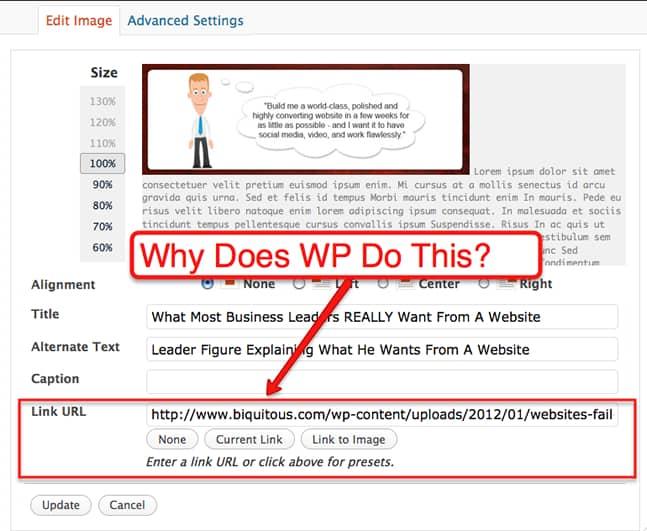
Best Practices for Alt Text: What Works and What Doesn’t
When it comes to crafting effective alt text for your images, there are several best practices to keep in mind that can significantly enhance the user experience and improve your SEO. Alt text serves as a description for images, allowing both visually impaired users and search engines to understand the context of the visuals on your site.
Be Descriptive and Specific: A well-crafted alt text should accurately describe the image while including relevant keywords. Rather than simply stating “a cat,” consider a more descriptive approach, such as “a fluffy orange tabby cat lounging on a windowsill.” This provides more context and can enhance visibility in search results.
Avoid Redundancy: If your image is accompanied by a caption or surrounding text that already conveys the message, there’s no need to repeat that information in the alt text. Instead, focus on details that add value and clarification. For example, if an image shows a product you’ve already mentioned in the text, your alt text can include unique attributes, like “sustainable bamboo toothbrush with charcoal bristles.”
Keep It Concise: While being descriptive is important, aim for brevity. A good rule of thumb is to keep alt text under 125 characters. This helps maintain clarity and ensures that screen readers convey the information effectively without overwhelming users.
Context Matters: The context in which an image appears is crucial. Alt text should reflect the function of the image in relation to the content. For instance, if an image of a cake is included in a recipe post, the alt text might read “chocolate ganache cake with fresh strawberries,” rather than just “cake.” This approach not only describes the image but also enhances the relevance to the content.
Avoid Keyword Stuffing: While incorporating keywords can be beneficial for SEO, overdoing it can lead to negative consequences. Aim for natural language that serves the primary purpose of describing the image. For instance, instead of cramming keywords into your alt text like ”dog dog training dog tricks,” simply use “dog performing tricks during training session.”
By following these best practices, you can create alt text that not only improves accessibility but also contributes to your site’s overall search optimization. Remember, the goal is to create a more inclusive web experience while also reaping the benefits of better visibility in search engines.
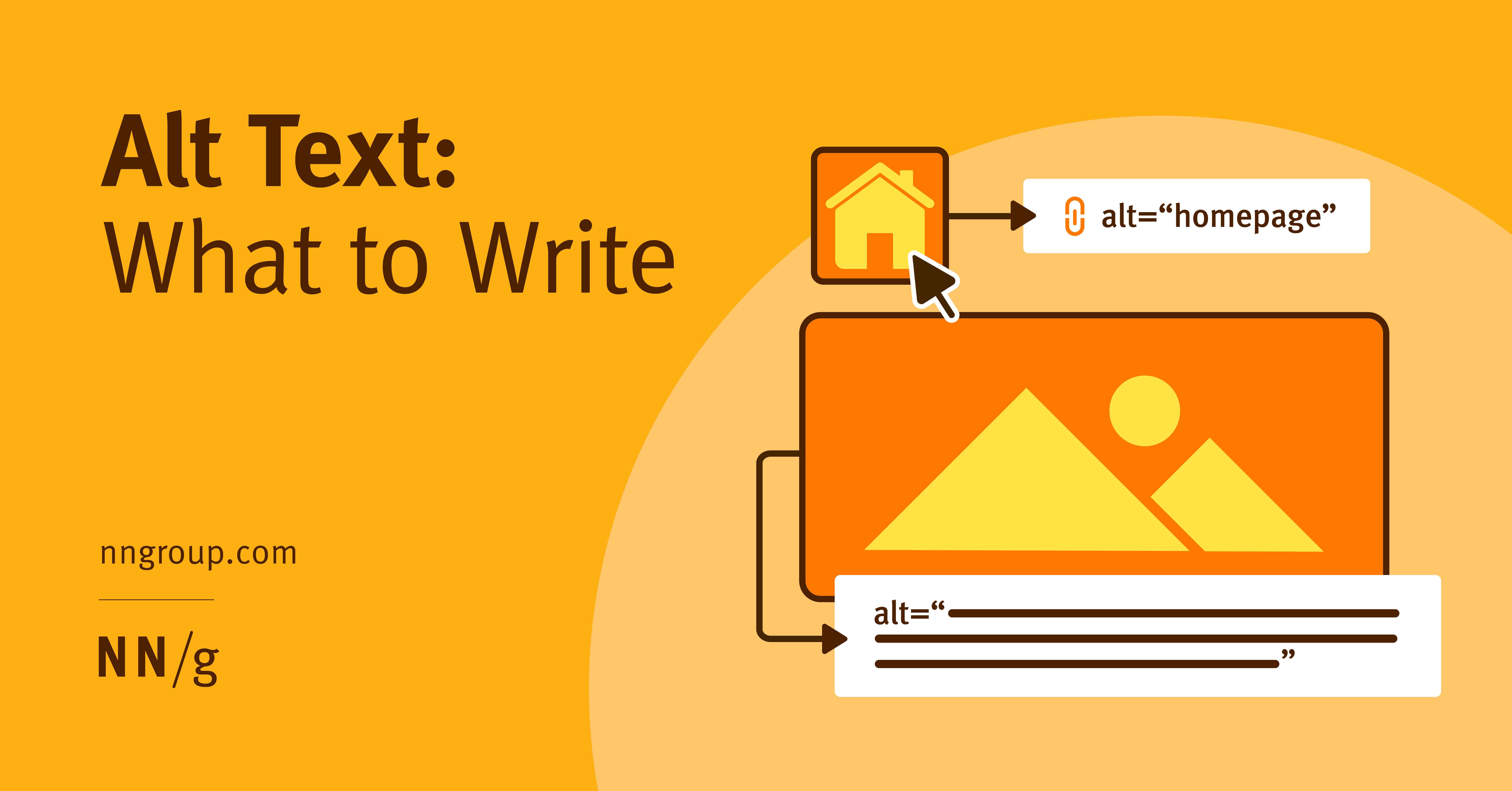
The Impact of Alt Text on Image Search Rankings
When it comes to optimizing your website for search engines, image alt text is often overlooked, yet it plays a vital role in improving your image search rankings. Alt text, or alternative text, serves as a description of your images, providing context to search engines and users alike. This simple addition can significantly enhance your site’s visibility in image searches, driving more traffic and engagement.
Here are a few reasons why incorporating alt text is essential:
- Accessibility: Alt text makes your images accessible to visually impaired users who rely on screen readers. A well-crafted description ensures everyone can access your content, which can improve user experience and potentially boost your rankings.
- SEO Benefits: Search engines cannot interpret images the same way humans do. By adding descriptive alt text, you give search engines valuable information, allowing them to index your images correctly and rank them for relevant searches.
- Image Context: Alt text provides context for your images, helping search engines understand how they relate to your written content. This relationship can lead to better rankings not just for your images but for your overall pages as well.
But how do you ensure your alt text is effective? Here are some tips:
- Be descriptive: Use clear and concise language that accurately describes the image content.
- Incorporate keywords: If relevant, include keywords that you want your page to rank for, but do so naturally without keyword stuffing.
- Avoid using the phrase “image of” or “picture of” as it is generally redundant; focus on the image description instead.
| Best Practices for Alt Text | Examples |
|---|---|
| Descriptive and specific | “A golden retriever playing fetch in a sunlit park” |
| Include relevant keywords | “Healthy vegan salad with avocado and cherry tomatoes” |
| Keep it concise | “Woman running along a beach at sunset” |
Lastly, remember that alt text is not just for SEO; it also enhances user engagement. Users are more likely to stay on your page if they can understand the visuals, making them more likely to share your content. So, take the time to craft thoughtful alt text for every image on your WordPress site. Your SEO strategy will thank you for it!
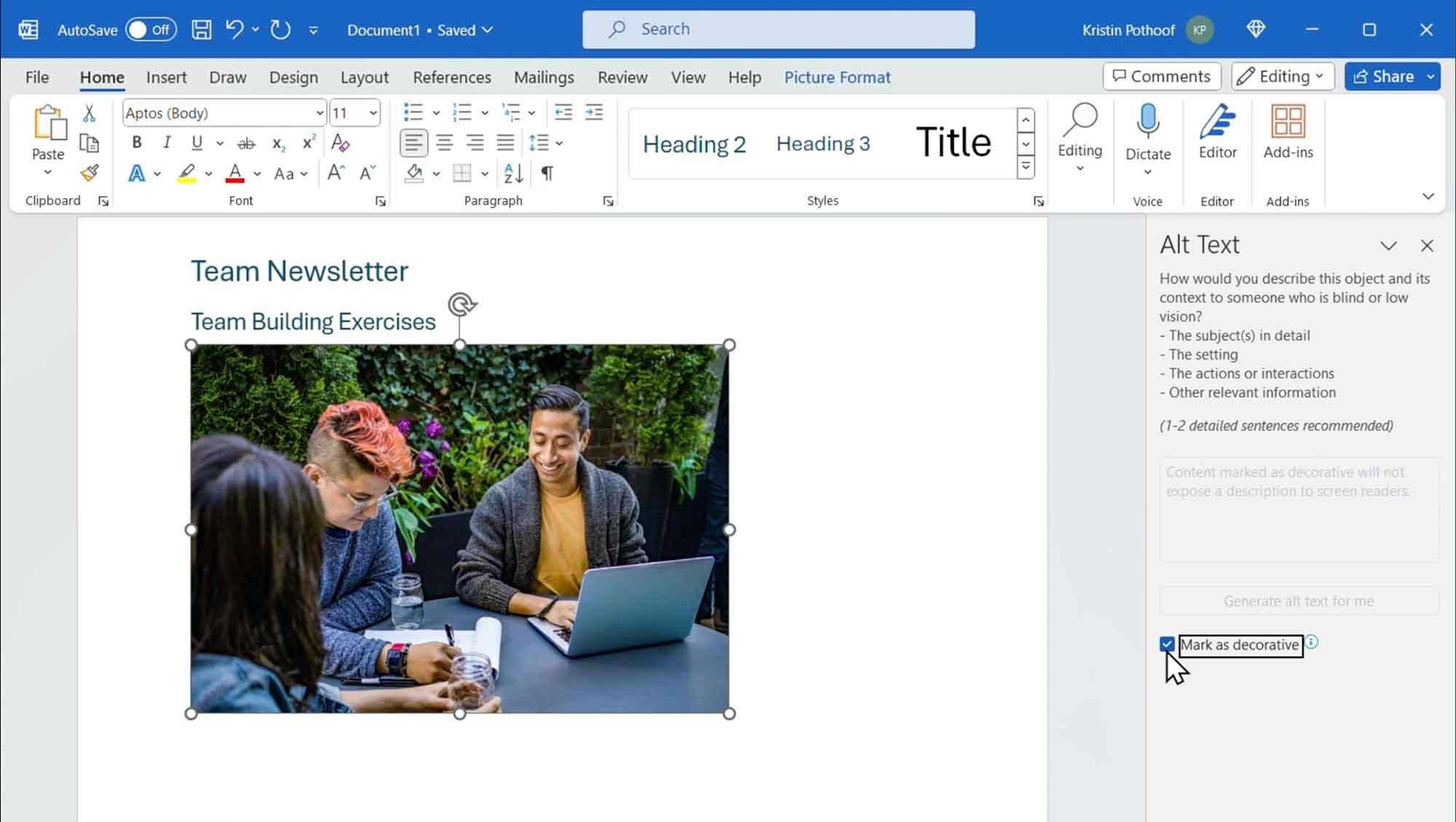
Final Thoughts: Elevate Your Content with Thoughtful Alt Text
When it comes to enhancing your website’s accessibility and SEO, thoughtful alt text can make a significant difference. It’s not just a best practice; it’s an essential component of your content strategy. By crafting descriptive and relevant alt text, you can ensure that your images serve a purpose beyond decoration. They become valuable assets that contribute to a better user experience and higher search engine rankings.
Consider what makes good alt text. Here are some key points to keep in mind:
- Be descriptive: Explain what the image is depicting in a clear and concise manner.
- Include keywords: If relevant, incorporate keywords that align with your content, but don’t overdo it.
- Stay contextually relevant: Make sure the alt text relates directly to the content around it. This helps search engines understand the context better.
- Avoid redundancy: Don’t start with “Image of” or “Picture of.” Your audience wants to know what the image is, not the format.
Using alt text effectively can also improve your content’s engagement. For instance, an image of a vibrant garden can evoke feelings and set the tone for your article about gardening tips. A well-written alt text will help your audience visualize the scene even if they can’t see it. Think of it as adding another layer of immersion to your content.
In WordPress, adding alt text is straightforward. When uploading images, simply fill out the “Alt Text” field in the media library. Here’s a quick reference table to help you remember the best practices for writing alt text:
| Practice | Description |
|---|---|
| Descriptive | Clearly describe the image content. |
| Concise | Keep it brief but informative. |
| Contextual | Ensure relevance to the surrounding text. |
| No Redundancy | Avoid unnecessary phrases like “image of.” |
Incorporating thoughtful alt text into your images isn’t just a technical requirement; it’s an opportunity to engage more deeply with your audience. By doing so, you’re not only enhancing accessibility but also boosting your SEO efforts. Each image can become a doorway to better visibility in search results, making your content more discoverable.
So, the next time you add an image to your WordPress site, take a moment to consider the alt text. Elevate your content by ensuring every image has a thoughtful, strategic description that enhances both user experience and search engine optimization.
Frequently Asked Questions (FAQ)
Q&A: What Is Image Alt Text and How to Add It to Images in WordPress
Q1: What exactly is image alt text?
A1: Great question! Image alt text, or alternative text, is a description you can add to your images. It serves a few key purposes: it helps visually impaired users understand what the image is about through screen readers, and it also provides context to search engines, which can boost your site’s SEO. Think of it as a way to communicate what an image represents when the image can’t be seen.
Q2: Why is adding alt text so important?
A2: Alt text is crucial for accessibility and SEO. For users who rely on screen readers, alt text makes your content more inclusive. For search engines like Google, this text helps them index your images properly, improving your chances of appearing in relevant search results. So, in a nutshell, it’s a win-win for your audience and your website’s visibility!
Q3: How do I add alt text to images in WordPress?
A3: Adding alt text in WordPress is super easy! When you upload an image, you’ll see a field labeled “Alt Text” in the media settings. Simply write a concise description that captures the essence of the image. If you’re using the block editor, just click on the image block, and the alt text option will appear on the right sidebar. Remember, be descriptive but keep it brief—aim for a few words that truly encapsulate the image.
Q4: Are there any best practices for writing effective alt text?
A4: Absolutely! Here are a few tips to keep in mind:
- Be descriptive: Explain what’s happening in the image without getting overly detailed.
- Use keywords wisely: If it fits naturally, include relevant keywords that relate to your content, but avoid keyword stuffing.
- Keep it short: Aim for around 125 characters to ensure screen readers can convey the information quickly.
- Don’t start with “Image of” or “Picture of”: Screen readers announce that it’s an image, so it’s redundant.
Q5: What happens if I don’t add alt text to my images?
A5: If you skip adding alt text, you’re missing out on providing important context for users who can’t see your images and potentially losing out on valuable SEO benefits. Search engines won’t have the necessary information to understand your images, which could impact your site’s ranking. Plus, it’s just good practice to make your content as accessible as possible!
Q6: Can I edit alt text after the image is uploaded?
A6: Yes, you can! Anytime you want to edit the alt text, just go back to the media library, click on the image, and update the alt text in the settings. It’s all about keeping your content fresh and accessible!
Q7: Is there a plugin that can help with alt text management?
A7: Definitely! There are several plugins available that can help you manage alt text and even bulk-edit them. Plugins like “Media Library Assistant” or “SEO Friendly Images” can automate some of the processes, making it easier to ensure all your images are optimized with alt text.
Q8: Any final thoughts on image alt text?
A8: Don’t underestimate the power of alt text! It’s a small part of your content that can have a big impact on both accessibility and your site’s searchability. Taking a little time to add descriptive alt text to your images can help reach a wider audience, improve user experience, and boost your SEO. So, go ahead and start optimizing those images—your website will thank you!
To Conclude
mastering the art of image alt text isn’t just a technical necessity; it’s a crucial step in making your website more accessible and engaging. By taking a few moments to add descriptive alt text to your images in WordPress, you’re not only enhancing the user experience for those with visual impairments but also improving your site’s SEO. Remember, each image tells a story, and alt text is your opportunity to narrate it. So, why not start today? Take a look at your images, sprinkle in some thoughtful alt text, and watch your website flourish. Your visitors—and search engines—will thank you for it! Happy blogging!



